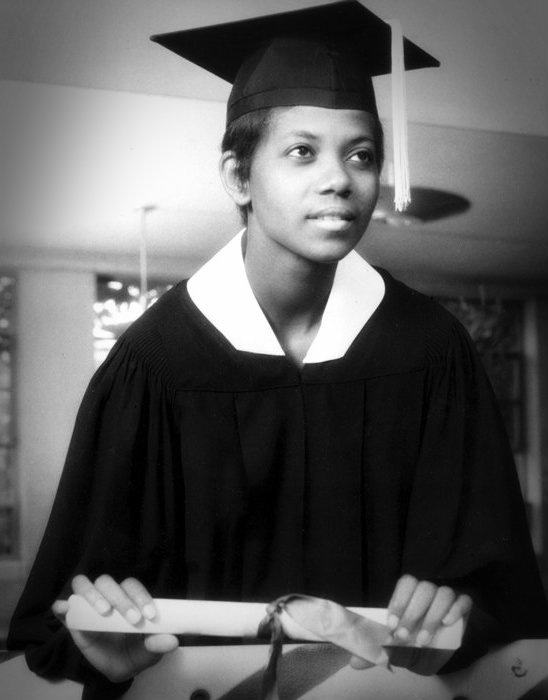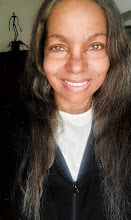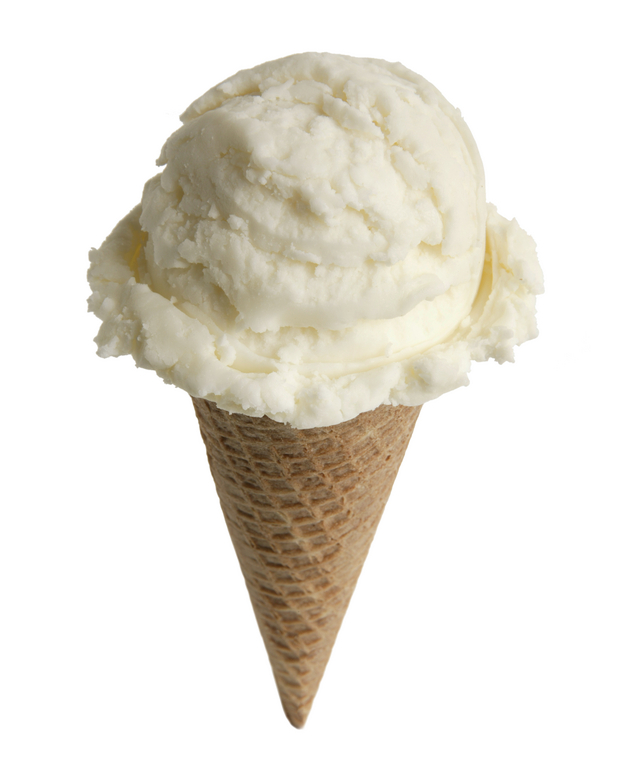
Sunny Nash
Early in my writing career, I was a staff editor at a small
magazine. One day, my boss stopped me in the hallway and asked how I felt about
my position. Was that a trick question, I thought? I did not say how much I
really wanted a byline for my portfolio. I did not say how I thought I was
passed over for writing assignments and given only proofreading chores to clean
up the slop of other favored staff editors, who did occasionally get to write
for a byline. I kept those things to myself because I already knew the truth
would not be welcome in these quarters.
I was a demographic statistic that ticked a box on a form, a
box marked 'grateful' to have a job anywhere in an industry among so-called
colleagues, who ignored my potential contributions in favor of low-standard
status quo. But none of that really mattered to me anymore. I had a secret
moonlit counterpunch up my sleeve, ready to knockout any doubt about who I was,
who I am and who I will become.
So, I said, "Nothing is really wrong."
"I didn't think so," my boss replied, strutting
away confidently.
Watching her strut down the hallway shrouded in homemade
snobbery, it all hit me like a ton of soiled bed linen and musty pillows! She
had to prevent my star from shining. To her, I represented the competition to
her next promotion by her own male boss. Oh, yes! My little boss lady was
scared to death of my taking over her position, a position I thought beneath
any female dog, knowing all about what she had done to land herself in that
broken-down bunk, in the first place, and to keep wallowing there. Seeing her
disappear down the hallway, revealed to me at that moment I had nothing to fear
from her at all. In fact, I had nothing to fear from anyone! No one can hold me
back, except me, as long as I use my vertical, rather than horizontal,
strategies to fulfill my intellectual and professional aspirations.
Below is a portion of the gadgets in my toolbox, filled with
self-constructed, unscientifically-tested doohickeys, donkey-rigged doodads,
widgets, thingamajigs and my mammy-made wardrobe suggestions, which all work
for me and could, perhaps with your personal modifications, help you toward
your independent standard of best practices in life.
Learn everything the system offers
Embrace all knowledge
Understand and use new concepts
Seek advantages in technology
Seize opportunities to be innovative
Stay ahead of the pack
Abandon trends before they become untrendy
Do not be afraid to compete
Avoid the passé
Study the past to conquer the future
Good looks do count, but do not use them
Dress cheap from the "Children's Place"
Wear comfortable shoes, boots are preferable
Eat to live, do not live to eat
Greed is not attractive
Value humanity
Appreciate the planet
Do your best
And other stuff...
Take it from me, whomever we allow to define who we are
controls whoever we become. I decided the day of my little boss lady's question
that I would take ownership of me; throw away the key; break the mold; and any
other worn-out cliché that can be applied to my situation. Let no one crack my
head open ever again and pour in their poison about who I am and what I can do.
This life belongs to me! I, alone, own it!
The night following my little boss lady's question, I went
home and wrote a song to fit the occasion, not limited to the position I held
in that organization, but including the total person I knew could become. It
was my decision to spend my time and money on education, training, traveling,
learning and creating what would benefit me and, quite possibly, humankind.
When I had finished the song, I felt free for the first time and it didn't
matter that my little boss lady dismissed me as her inferior because I knew the
truth that she was yet to learn.
Staring down at my letter of resignation on her desk the
next day, she was shocked as she asked, "Who will hire a black writer in
this town? There are no black magazines here!"
I said, "That's not a problem you have to ponder."
She watched as I laid the key to my cubicle on her desk atop
my letter of resignation, and left her office, quietly closing the door behind
me. I knew which way I was headed and never looked down again.
Writing my song, " Nothing Really Wrong," helped me to change the
direction of my life. I think my song may help you change the direction of your
life if, in fact, your life needs changing.
A version of this essay was first published in 2021 World
Pulse: An independent, women-led, global social network for social change.
Sunny Nash is a journalist and author of "Bigmama
Didn't Shop at Woolworth's" about life with her part Comanche grandmother
during the Civil Rights Movement. The book is selected by the Association of
American University Press as a book for understanding U.S. Race Relations, and
recommended by the Miami-Dade Public Library System for Native Collections.
Article Source: https://EzineArticles.com/expert/Sunny_Nash/214753

















